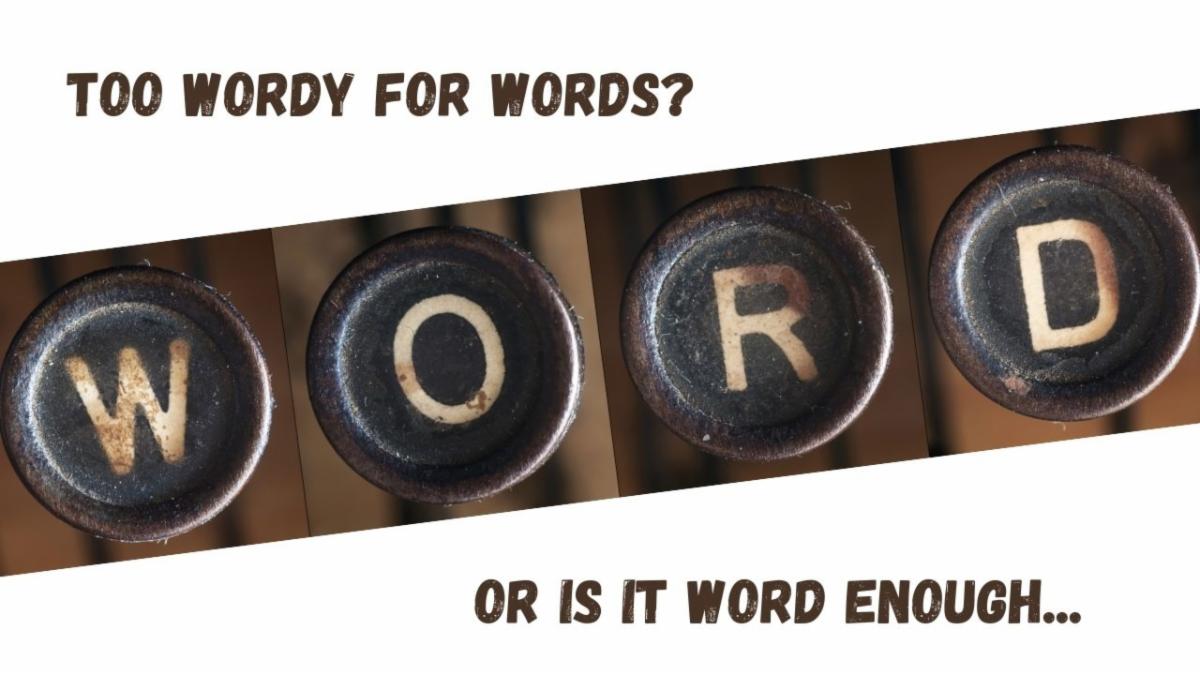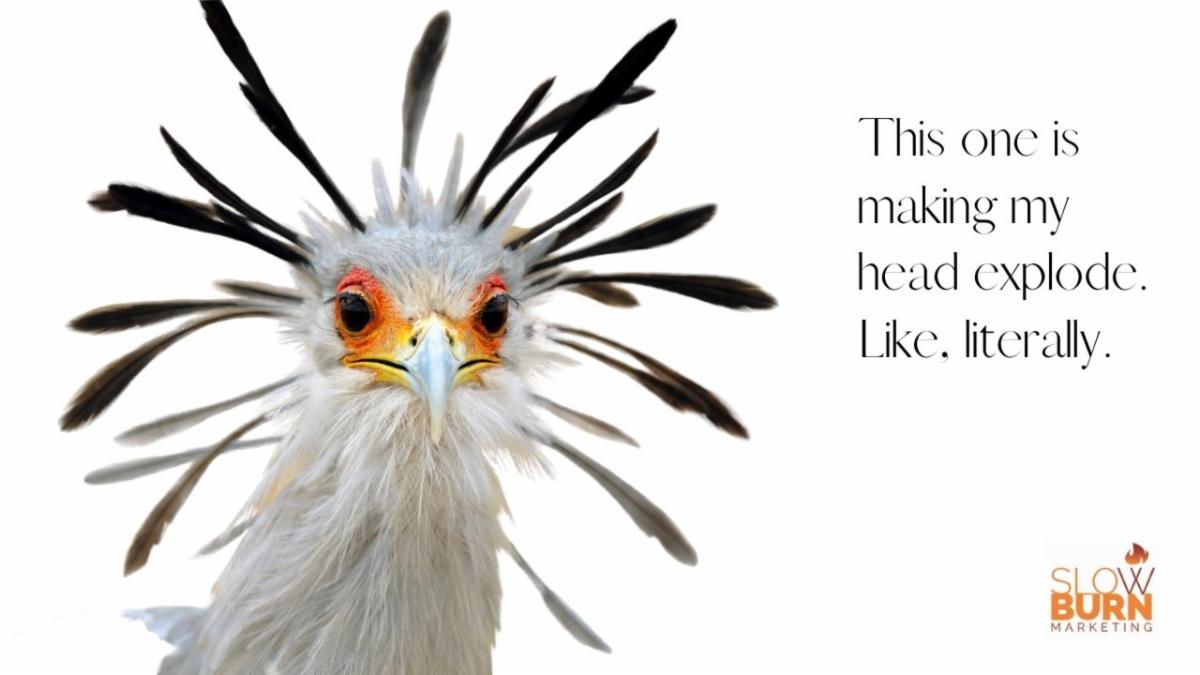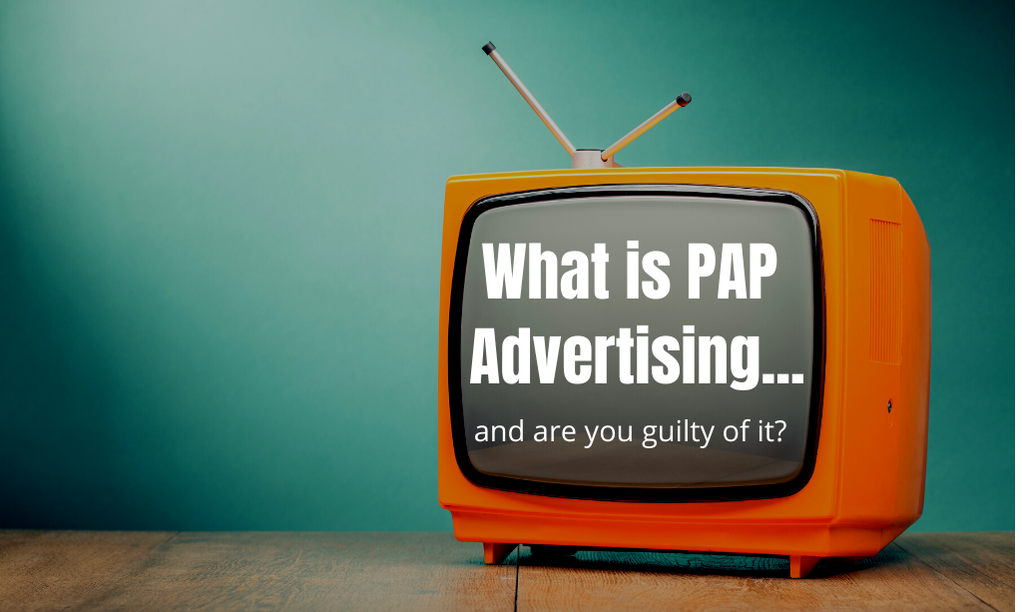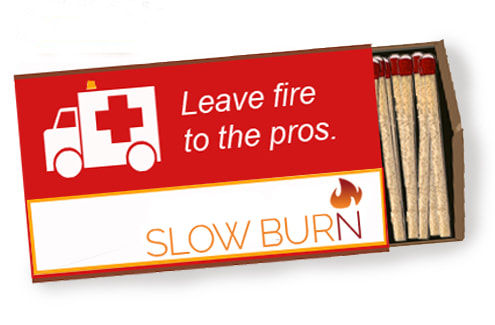People are often in one camp or the other…
0 Comments
How To Hate Bird Seed For Fun And Profit
The birds keep thrashing through it and throwing it away. The bigger birds especially. Like the giant jays. They fly up, jump on the little feeding tray, and start flinging great masses of seed everywhere with a maniacal abandon, interrupting their frenzy only when they peck at a morsel that seems to meet their discriminating pallet. The smaller birds are more covert about it. The finches don’t fling as freely. You can see that they’re doing it. But they do it with this delicate, “Who, me?”, behind-the-napkin demeanor that seems so of another time, when we didn’t require Miss Manners to be endlessly pointing out our flaws of social ettiquette. Anyway, all this bustle of activity and flinging at the feeder. What are these birds doing? Is this the avian equivalent of opening the Whitman’s Sampler and flipping over each chocolate, poking a hole in the bottom of each until you find the one that meets your fancy? In a word: Yes. As Mr. Canary could tell me, I’ve bought cheap seed and it contains filler. While I’ve not done a laboratory test to determine the nature of said filler, I have it on good authority (some interwebs expert known to me for a minute or so) that we’re talking about things like cracked corn. Give my birds cracked corn and they don’t care, the crap they fling away! But, watching the birds at work is fun. Never before has this feeder seen so much activity. Ya know what else is fun? That huge pile of seed that collects beneath the bird feeder. That’s because it attracts the ducks from the pond across the way. All those mallards waddle over and pick up that mountain of cracked corn and other detritus. Even more fun is when the neighbor decides to walk his dog. He comes around the corner by the feeder, and the mallards go into a panic, flying off in a frenzy of flapping wings that sound like furious applause from a crazed audience all wearing down mittens. Now that I know why the birds are flinging their feed with abandon, will I replace it with something better? I could. But the better seed costs twice as much. And it’s guaranteed to not generate as much crazed activity. Spending more will diminish the entertainment value. And herein lies a potential sales message using a little known tactic called “exploitable weakness.” We’re not talking computer terminology, where a bad actor finds a flaw in a software system and uses that vulnerability to commence an attack. (I’m not clear on how they attack. Maybe the peck around, flinging zeroes and ones into piles until they find the digits they desire.) In sales, sometimes you’re tasked with selling a product that might seem flawed. But that apparent flaw might have a benefit that can make the item desirable. It just requires a sales perspective that spotlights the benefit in the flaw. Ready? “Hours of entertainment from the cheapest, biggest bag of birdseed! Crazy big activity from all kinds of birds! Finches, jays, mallards and more! Why spend double the price when you can have all kinds of fun for pennies on the dollar!” I wrote that line while standing in front of the birdseed selection at Home Depot. And I sold myself on staying with the cheapest seed. Birds know what they want. And so do I. What’s your favorite exploitable weakness? Cheers, Blaine Parker Your Lean, Mean Creative Director in Park City LIGHTNING BRANDING ON AMAZON The Kindle edition of our new book is now available at Amazon for the bargain price of $19.95. For details about our new Lightning Branding courses, both do-it-yourself and we-do-it-with-you editions, click here. (There's even a video of us!) Let's rename item-and-price advertising for what it is, shall we? I admit it. I'm still losing sleep over item and price advertising. We need to rename it. Let's call it "piece-and-price." A piece of merchandise is an item, right? And "piece and price" lets us use the acronym PAP. Yay! Acronyms! PAP advertising! And "PAP" is fitting, eh? As you may know, the word "pap" has two definitions. 1) "Bland soft or semiliquid food such as that suitable for babies or invalids." 2) "Reading matter that is worthless or lacking in substance." Synonyms for "pap" include "nonsense," "drivel," "rubbish," "trash," and "noise." The latter is my favorite. "Noise" is a direct reference to communication science. Noise stands between the sender of a message and the receiver. In our case, noise is a barrier between advertiser and customer. And PAP advertising is just noise. Look at so many car dealers and appliance stores. "Picture! Price! Buy now!" Zero effort to engender a good feeling about their business. Back when I was in radio, my most successful car dealer advertiser sold out their inventory every month. They did it by advertising one thing: Brand. Every message compelled you to feel good about their dealership. They made you want to buy a car because it made them sound like people you want to be friends with. Contrast that with the unbranded competition: "Yeah, we sell that, too. Buy it now!" But...being king is different. Can you be the king of the PAP you advertise? Remember when big-screen TVs were unusual and expensive? Every day, lots of PAP advertisers were showing you big TVs and big prices in their race to the bottom. But not The King. In California, a famous retailer called himself "The King of Big Screen TVs." He had PAP advertising. Big TVs! Low prices! However... The King also showed you his face. He told you his name. He promised same-day delivery and 100% happiness. He said the customer is always right. He also promised, in every ad, "I AM the king of big screens!" He had a brand and he advertised it. One can argue: it is an imperfect brand. But it IS a brand. It is not just PAP. And for 30 years, he built a reputation as the leader in big-screen TV sales. At his peak, he was selling $30 million in big TVs-out of a single retail store. Yes, TVs. One store. 30 million bucks a year. When he died in 2015, he was famous. Big newspapers and magazines wrote stories about him. He remains a celebrity even today. His brand outlasted his business. People loved him. Nobody loves PAP. Unbranded PAP is racing to the bottom of the barrel. Human beings are irrational, emotional creatures. They make decisions using emotion. This is not my opinion. This is Nobel-prize winning science. Winning people over requires appealing to their emotions over the long term. Your business must feel right. Making it so requires brand. What if you are afraid of paying too much for a big TV? Who would you trust? a) The generic appliance retailer, no branded personality, displaying pictures and prices (PAP!) of washing machines, refrigerators, ranges and, oh, big TVs? Or... b) The guy who spends 30 years displaying pictures of big TVs at low prices while saying "I'm the king of big TV and you're the boss!" It's not high art. It doesn't need to be. It needs to be authentic, resonant and consistent. It needs to feel good. It needs to be something besides PAP. Know someone who needs to electrify their branding for business as unusual? There's still a free copy of Lightning Branding: How to Generate Revenue Faster With An Electrifying New Brand is still available by clicking here. For details about our new Lightning Branding courses, both do-it-yourself and we-do-it-with-you editions, click here. (There's even a video of us!) Cheers, Blaine Parker Your Lean, Mean Creative Director in Park City |
AuthorBlaine Parker is prone to ranting about any and all things related to brand. In many ways, he is a professional curmudgeon. While there is no known vaccine for this, the condition is also not contagious. Unless you choose it to be so. Archives
February 2022
Categories
All
|
|
© Copyright 2020 Slow Burn Marketing LLC |




 RSS Feed
RSS Feed

